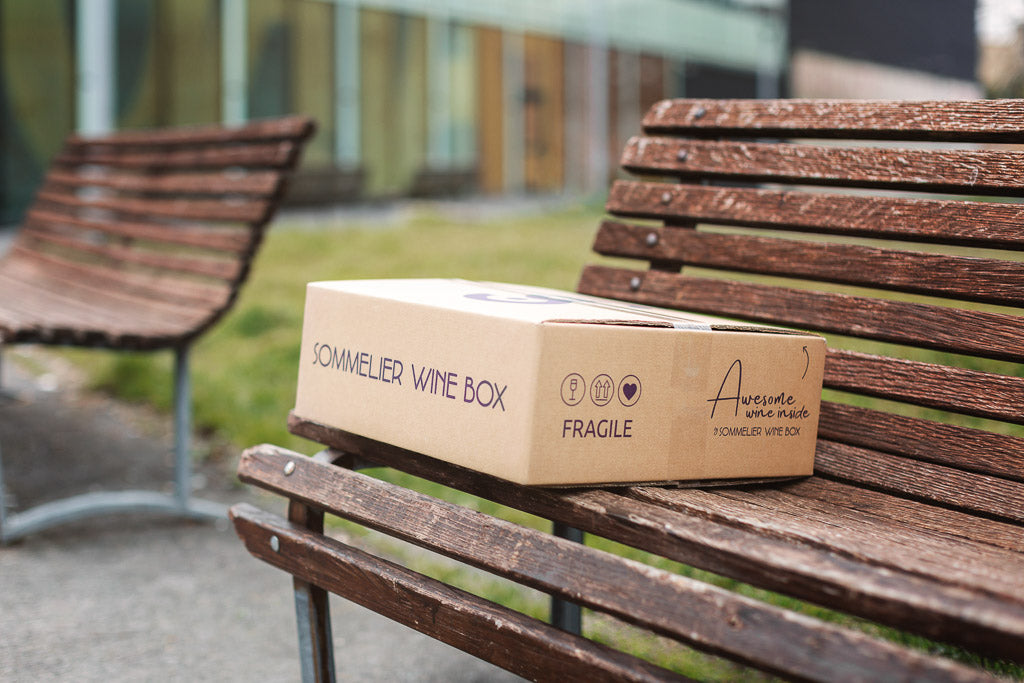Temperature is fundamental in wine tasting: the temperature at which the wine is stored and the serving temperature. Here we collect all the few (and simple) rules to know, together with the mistakes to avoid, to serve each wine at its correct temperature. The aim is always the same: to enjoy it to the full.
Even if one is not a precision freak and willingly dispenses with the sommelier thermometer, it remains important not to spoil the wine by serving it at the wrong temperature. It is therefore good to know the reasons for the various serving temperatures (ranging from 4° C to 18° C).
The premise is that the serving temperature is crucial for drinking because it influences the expressive potential of the wine itself and in particular the balance between hardness and softness.
- Read also: How to taste wine
GENERAL PRINCIPLES
1. Low temperatures bring out the hardness of the wine, and therefore highlight its savouriness, tannicity and freshness.
2. High temperatures increase the perception of sweet flavours, enhance softness and attenuate tannicity.
3. Apart from the individual recommended temperatures, which are given at the end and are always subject to some variation, the principle is that young white wines and sparkling wines should be served cold, and the temperature should gradually rise for more evolved whites, rosés, macerated, wines, young reds and finally evolved reds.
4. As for Passito, the advice is to serve it chilled (around 10-11° C) if you do not want to further enhance the sweetness; otherwise you can go as high as 14-16° C.
- Read also: never again a mute scene when smelling a wine
TRICKS & MISTAKES TO AVOID
1. To keep the temperature under control, remember that wine rises by two degrees within a few minutes of being poured into the glass, whereas in the bottle it tends to remain at a more stable temperature for longer.
2. In summer, it is always best to serve wine at a couple of degrees lower.
3. The most common mistake is to serve white too cold and red too warm. The first case is reversible, the second is not.
4. Beware of misinterpreting the (admittedly outdated) concept of 'room temperature': if it is summer, the room temperature can be far too high even for an important red, which will naturally need to be cooled. But beware: there is a further degree of sophistication, for true connoisseurs: if you pair a wine with very hot food, to avoid creating an unpleasant shock serve the wine at a slightly higher temperature.
5. In the case of important red wines with a tertiary component (i.e. with complex aromas derived from long ageing), the ideal is to reach the perfect temperature while aerating the wine in the glass. A Barolo can therefore be served at 15° C while waiting for it to open at the table.
6. Do not keep sparkling and white wines at their serving temperature for too long, never (ever) more than 4 months: they will lose their nuances.
- Read also: How to store wine at home to preserve it best
SUGGESTED WINES & SERVING TEMPERATURE
With the awareness that these are simplifications, here are the suggested temperature ranges:
Dry and sweet sparkling wines: 4-8° C
Sweet and sparkling, flavoured sparkling wines:: 6-8° C
Young whites and rosés: 8-10 °C
Structured whites, dessert and fortified whites: 10-12° C
Structured rosés: 12-13° C
Light, vintage reds: 14° C
Medium-structured and tannic reds, passito and liqueur reds: 15-16° C
Rossi evoluti, full-bodied and tannic reds: 16-18° C




